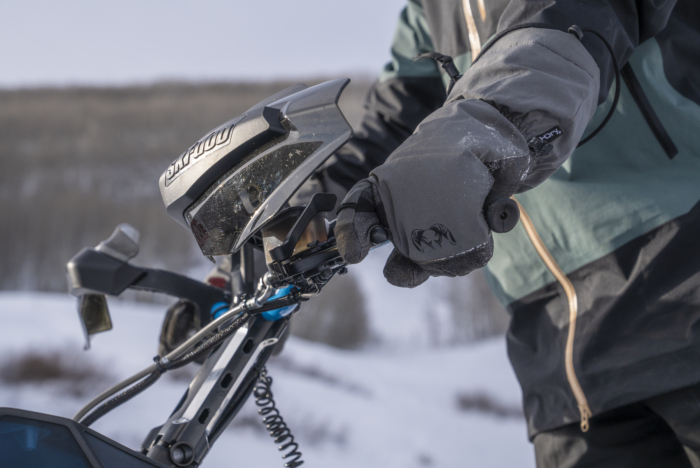This week, Patagonia launched its new Alpine Downlab line, which features ‘the lightest fabrics’ the company has ever used. The brand says the 800-fill collection prioritizes layering versatility.
Patagonia introduces its Alpine Downlab gear, new for this fall, with claimed innovations. Using its lightest fabrics, the brand optimizes the garments for packability and easy layering. According to Patagonia, it’s “exploring not just what down is, but what it could be.”

The Patagonia Alpine Downlab builds aim to bypass the traditional shell/midlayer/base layer method, with garments suitable for use as midlayers and outer layers. They’re also heat-mapped to target where you need more insulation and where you need to vent heat.
Linden Mallory, product line director for Patagonia alpine and rock climbing, explained that the construction focuses on maximum mobility and versatile layering.
Eliminating the hood on the crewneck, for instance, means you can wear it with multiple other layers without bunching around the collar. Its intentionally boxy silhouette facilitates layering without excessive tightness, which can decrease insulation by crushing loft. Instead, it’s built to float above or between layers.
The crew and vest also leverage UltraAlpine, the brand’s lightest fabric to date. The 7-denier, PFC-free nylon weighs 23 gsm (grams per square meter). AlpLight, the 10-denier nylon the pullovers and jackets use, is still ultralight at 27 gsm.
Finally, the quilting and baffling patterns focus on increasing mobility. The diamond quilting pattern around the shoulders of the women’s jackets is not simply decorative. In practice, it stabilizes small amounts of down to aid shoulder mobility. Similarly, the men’s line incorporates narrow quilt lines on the shoulders and angled quilting at the elbows.
And when it’s time to shed layers, these pieces harness the packability of natural down and squeeze down to nearly nothing.











